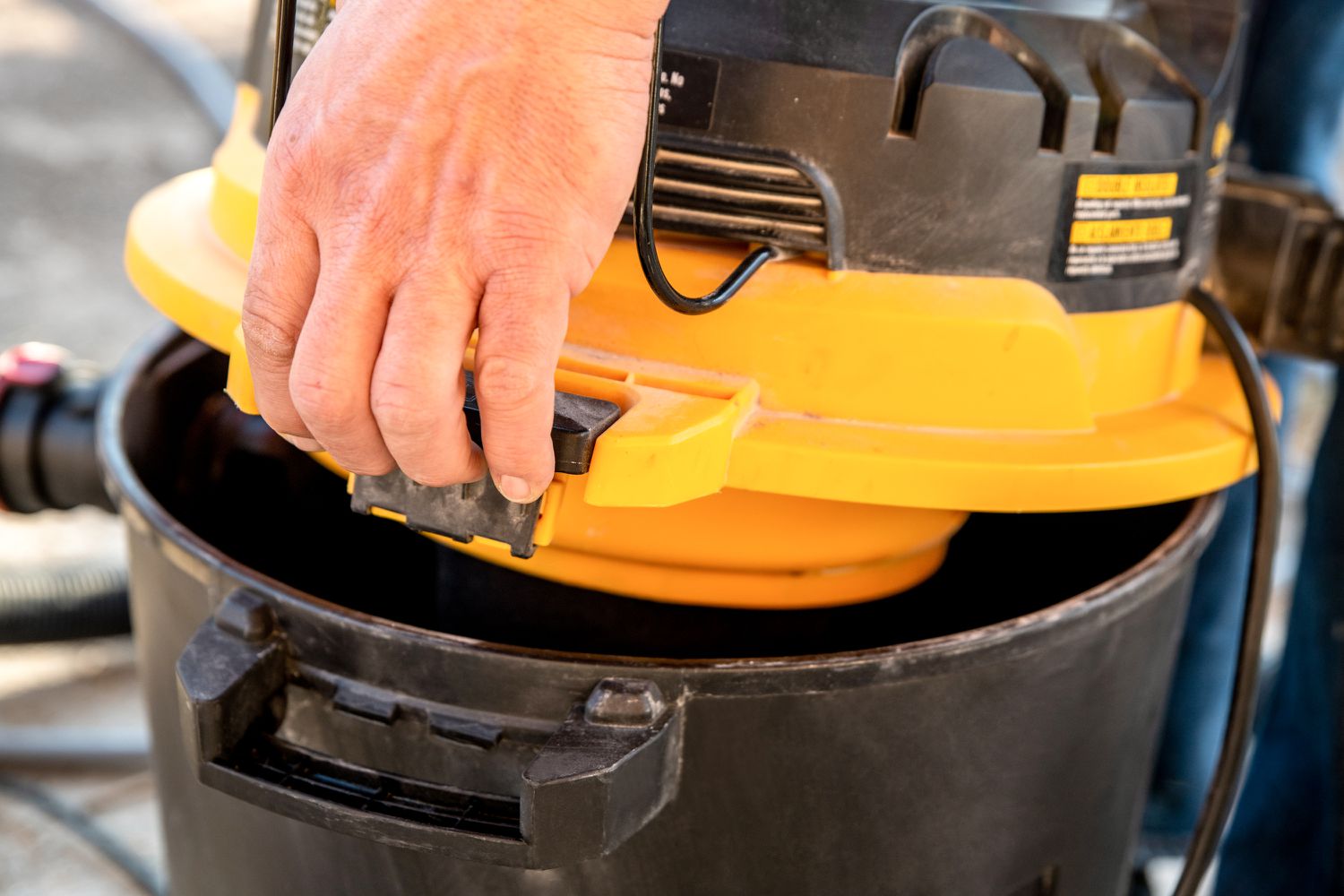
Don’t Let Spills Spoil Your Day: How Much Water Can Your Shop Vac Handle?
The versatile shop vac reigns supreme in the dust collection domain, but its capabilities extend beyond dry debris. When faced with a plumbing mishap or an unexpected spill, your shop vac can transform into a water removal hero. But before diving headfirst into watery battles, understanding how much water your shop vac can handle is crucial. This guide will equip you with the knowledge to assess your shop vac’s capacity and conquer spills with confidence.
Capacity Considerations: Unveiling the Limits of Your Shop Vac
Shop vacs come in various sizes, boasting different tank capacities measured in gallons. This capacity directly translates to the amount of water your shop vac can hold before needing to be emptied. Here’s a breakdown of typical shop vac capacities:
- Small Shop Vacs (2-3 Gallons): These compact powerhouses are ideal for quick cleanups of small spills or tackling tight spaces. However, their limited capacity means they’ll fill up quickly when dealing with larger water volumes.
- Medium Shop Vacs (4-10 Gallons): A popular choice for homeowners, these mid-range vacs offer a good balance between size and capacity. They can handle moderate spills and water emergencies but may require multiple emptying cycles for extensive water removal.
- Large Shop Vacs (10 Gallons and Up): These heavy-duty machines are suited for tackling serious spills or flooded basements. Their larger tanks allow for extended water pickup before needing to be emptied.
Important Note: The advertised capacity refers to the total volume of the shop vac tank, not just the water capacity. The usable water capacity is slightly less as space is occupied by the motor and other internal components. Always consult your shop vac’s manual for the specific usable water capacity.
Beyond Capacity: Material Matters
The material of your shop vac’s tank also plays a role in water pickup. Here’s a look at common materials and their considerations:
- Plastic: The most common material for shop vac tanks, plastic is lightweight and affordable. However, some plastics can be brittle and susceptible to cracking, especially in colder temperatures.
- Stainless Steel: Offering superior durability and resistance to rust and corrosion, stainless steel tanks are ideal for professional or heavy-duty use. However, they are typically more expensive than plastic tanks.
Understanding Shop Vac Ratings: Not Just About Capacity
When evaluating a shop vac for water pickup, pay attention to two key ratings beyond just tank capacity:
- Horsepower (HP): Higher horsepower generally translates to greater suction power, which is crucial for efficient water removal.
- Wet Pick-Up Rating (WPU): This rating, specific to wet/dry vacs, indicates the vacuum’s ability to handle liquids. A higher WPU signifies better performance for wet applications. While not all shop vacs display a WPU rating, consult the manual for details on its suitability for wet pickup.
Safety First: Essential Precautions for Water Removal
Safety is paramount when dealing with water and electricity. Here are some crucial tips to remember:
- Only Use Wet/Dry Vacs: Never attempt to use a dry-only shop vac for water pickup. Water can damage the motor and pose an electrical hazard.
- Consult the Manual: Always refer to your shop vac’s manual for specific instructions and safety guidelines for wet pickup.
- Avoid Electrical Hazards: Do not use your shop vac near electrical outlets or submerged electrical cords. Water and electricity can be a deadly combination.
- Beware of Overflow: Keep a watchful eye on the water level in the canister. Turn off the shop vac and empty the tank before it reaches its maximum capacity to prevent overflow.
- Unplug Before Emptying: Always unplug your shop vac before emptying the collected water.
FAQ: Conquering Water Woes with Confidence
Q: My shop vac doesn’t have a wet nozzle. Can I still use it for water pickup?
A: It’s strongly discouraged to use a shop vac without a wet nozzle for water pickup. The standard dry nozzle might not be suitable for efficient water flow and could allow water to reach the filter, damaging the motor. If your shop vac doesn’t come with a wet nozzle, consider purchasing a compatible one or using a different tool for water removal.
Q: The shop vac sucks up water but then loses suction. What’s wrong?
A: There could be a few reasons for this. First, check the water level in the tank. If it’s full, the shop vac will lose suction as there’s no space.


